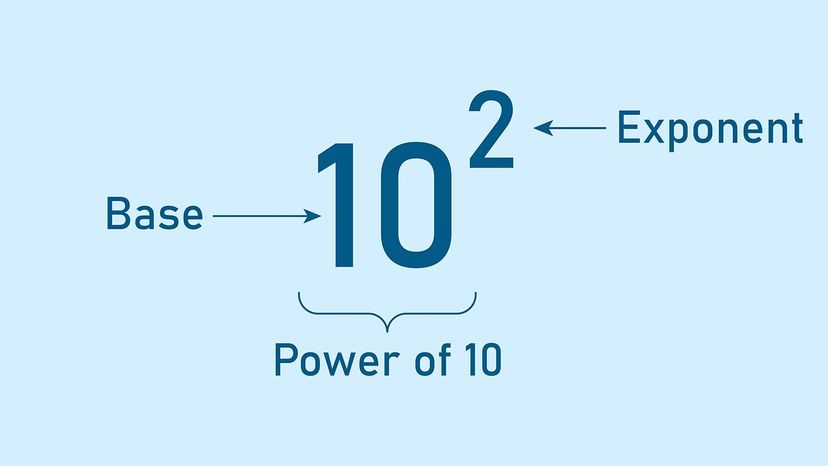Here are eight exponent rules to master. If you have a chart, or if you want to make a chart, you can have a reference more or less at your fingertips.
The Product Rule
This rule states that if you need to multiply two exponential expressions with the same base, you can add the exponents together and then raise the base to the sum of the exponents. The product law of exponents can be written symbolically as follows: an x am = am+n.
Example:
The Quotient Rule
Also known as the quotient law, this rule states that if you have two expressions with the same base, you can subtract the exponents and then raise the base to that power. The quotient rule of exponents can be written symbolically as follows: (an)/(am) = an–m.
Example:
The Zero Exponent Rule
Also known as the zero power rule, this expression says that when a number is raised to the power of zero, the answer will be 1. The only exception is raising zero to the zero power, which is an indeterminate expression. The zero exponent law can be written symbolically as follows: a = 1.
Example:
The Identity Exponent Rule
The identity law says that any number raised to the power of 1 is that number itself (the same value). The identity exponent law can be written symbolically as follows: a1 = a.
Example:
The Negative Exponent Rule
This law says that any number raised to a number of negative value should be solved using the reciprocal. Therefore, the base number and the exponent is placed in the denominator, with a one above it, and the sign of the exponent is changed to a positive exponent.
The negative exponent law can be written symbolically as follows: a-n = 1/(an).
Example:
The Power of a Power Rule
The power of a power law can be written symbolically as follows: (a^n)^m = a^nm.
Example:
The Power of a Product Rule
When you have an expression where a product is raised to an exponent, distribute the exponent to each number in the product (the technical term for these is "multiplicand"). The power of a product law can be written symbolically as follows: (ab)n = an x bn.
Example:
The Power of a Quotient Rule
This law of exponents applies when you have an expression written as a fraction or a quotient, that is raised to a power. The law states that this is equal to both the numerator and the denominator being raised to that power.
The power of a quotient law can be written symbolically as follows: (a/b)n = an / bn.
Example:
